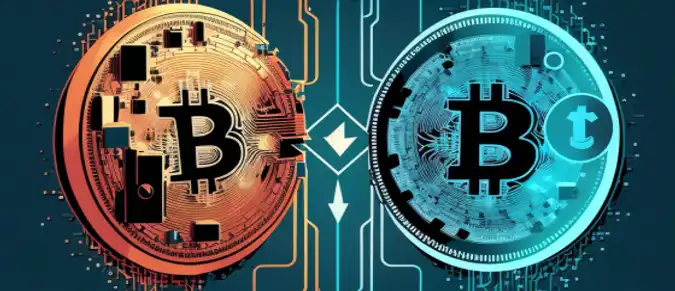Cross-chain exchange refers to the process of exchanging cryptocurrencies or other digital assets between different blockchain networks. It enables users to trade assets that are not native to the same blockchain network without the need for a central intermediary.
Traditionally, cryptocurrencies could only be traded within their respective blockchain networks, and if someone wanted to trade a cryptocurrency for another cryptocurrency on a different blockchain network, they had to go through a centralized exchange that acted as an intermediary. However, with cross-chain exchanges, users can directly exchange cryptocurrencies between different blockchain networks without needing to trust a centralized exchange.
There are different ways to achieve cross-chain exchange, such as atomic swaps, bridging, or wrapping. Atomic swaps allow for the direct exchange of cryptocurrencies between two blockchain networks without the need for a trusted third party. Bridging involves creating a connection between two blockchain networks to allow for the transfer of assets between them. Wrapping involves creating a representation of an asset on one blockchain network in the form of a token that can be transferred to another blockchain network.
Cross-chain exchange works by enabling users to trade assets between different blockchain networks. Here is a general overview of how cross-chain exchange typically works:
-
User selects the assets they want to trade: The user selects the cryptocurrencies or digital assets they want to trade and indicates the amount they wish to exchange.
-
Verification of assets and funds: The user's assets and funds are verified by the cross-chain exchange system to ensure that they are valid and available for trading.
-
Locking of assets: The user's assets are locked in a smart contract that is designed to facilitate the cross-chain exchange. This ensures that the assets cannot be spent or transferred while the exchange is in progress.
-
Cross-chain exchange: The cross-chain exchange system facilitates the exchange of the user's assets with the assets offered by another user on a different blockchain network.
-
Unlocking of assets: Once the exchange is completed, the smart contract unlocks the assets and transfers them to their respective owners.
There are different ways to achieve cross-chain exchange, such as atomic swaps, bridging, or wrapping, each with its own specific process. However, the basic idea is to enable the exchange of assets between different blockchain networks without the need for a central intermediary. This allows users to trade cryptocurrencies or digital assets more efficiently and securely, with reduced fees and faster transaction times.




